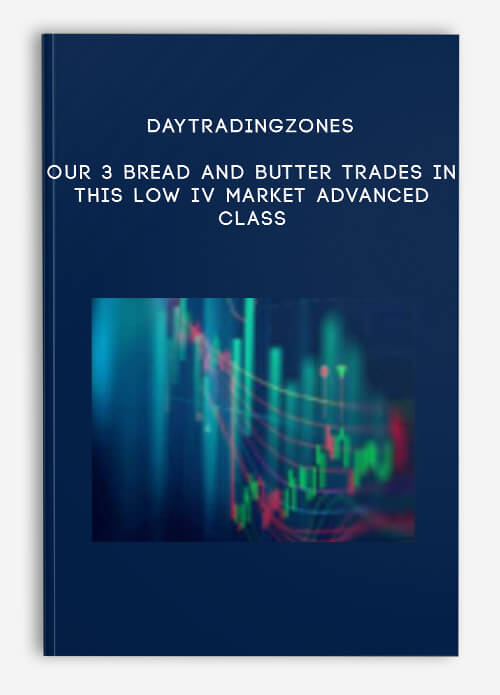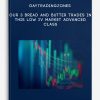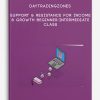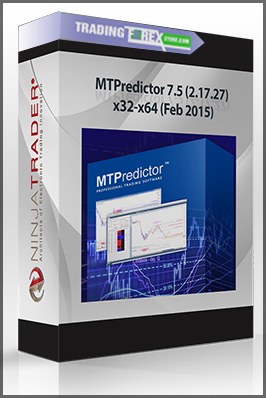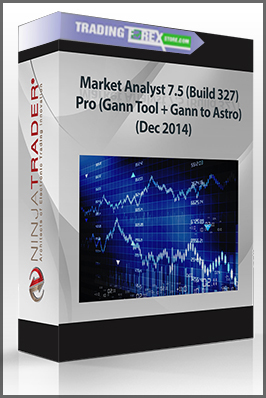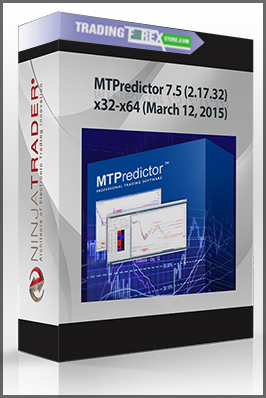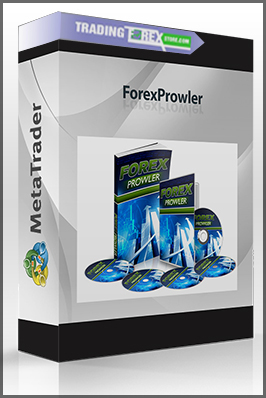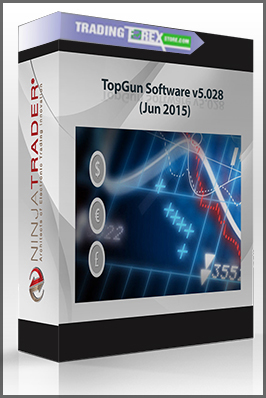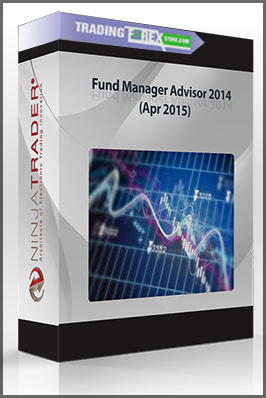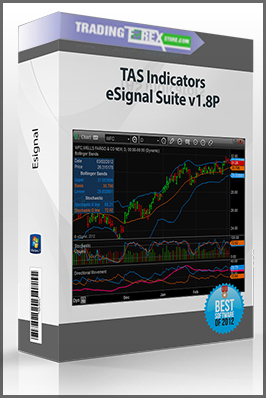Daytradingzones – Our 3 Bread and Butter Trades In This Low IV Market Advanced Class
$97.00
Product Include:
File size:
- Description
Description
Daytradingzones – Our 3 Bread and Butter Trades In This Low IV Market Advanced Class
**More information:
Get Daytradingzones – Our 3 Bread and Butter Trades In This Low IV Market Advanced Class at bestoftrader.com
Description
OUR 3 BREAD & BUTTER TRADES
- Master The TRUE POWER Of Delta Neutral Strategies… And How To Use Them Most Effectively!
- The 3 Most Simple & Super Powerful Income Producing Trades (Credit Spreads, Iron condors & Iron Butterflies)… And How To Use Them To Take Advantage Of The Upcoming IV Explosion…
- Options Defensive Strategies Used By The Pros… Including How To Turn Tiny Adjustments Into Profits!
- Master Chart Reading & The Tools Needed To Be Able To Spot The Upcoming Trends… Which Will Be Crucial To Trading The Biggest Trading Shifts Since 2008!
- 3 Simplest Yet Quickest Income & Wealth Producing Directional Trades… That Have Been Used By Every Millionaire & Billionaire Trader In The World!
- Our Best Kept Secret Income Generating AND Cost Reducing Strategies… That You Can Use To Quickly Build Your Retirement Income Accounts…
DayTradingZones.com is a leader in the industry… Founded by Marc Nicolas, The Day Trading Zones, formerly known as The Power Zones have helped lots of traders for many years, providing them with a solid Day Trading blue print. What’s new is the Day Trading Zones are now available for multi-markets and you can download them to add to your NinjaTrader and eSignal charts and use them on whatever instrument you like.
So what is trading?
Trade involves the transfer of goods or services from one person or entity to another, often in exchange for money.
Economists refer to a system or network that allows trade as a market.
An early form of trade, barter, saw the direct exchange of goods and services for other goods and services.
Barter involves trading things without the use of money. When either bartering party started to involve precious metals,
these gained symbolic as well as practical importance.[citation needed] Modern traders generally negotiate through a medium of exchange,
such as money. As a result, buying can be separated from selling, or earning. The invention of money (and later of credit,
paper money and non-physical money) greatly simplified and promoted trade.
Trade between two traders is called bilateral trade, while trade involving more than two traders is called multilateral trade.

